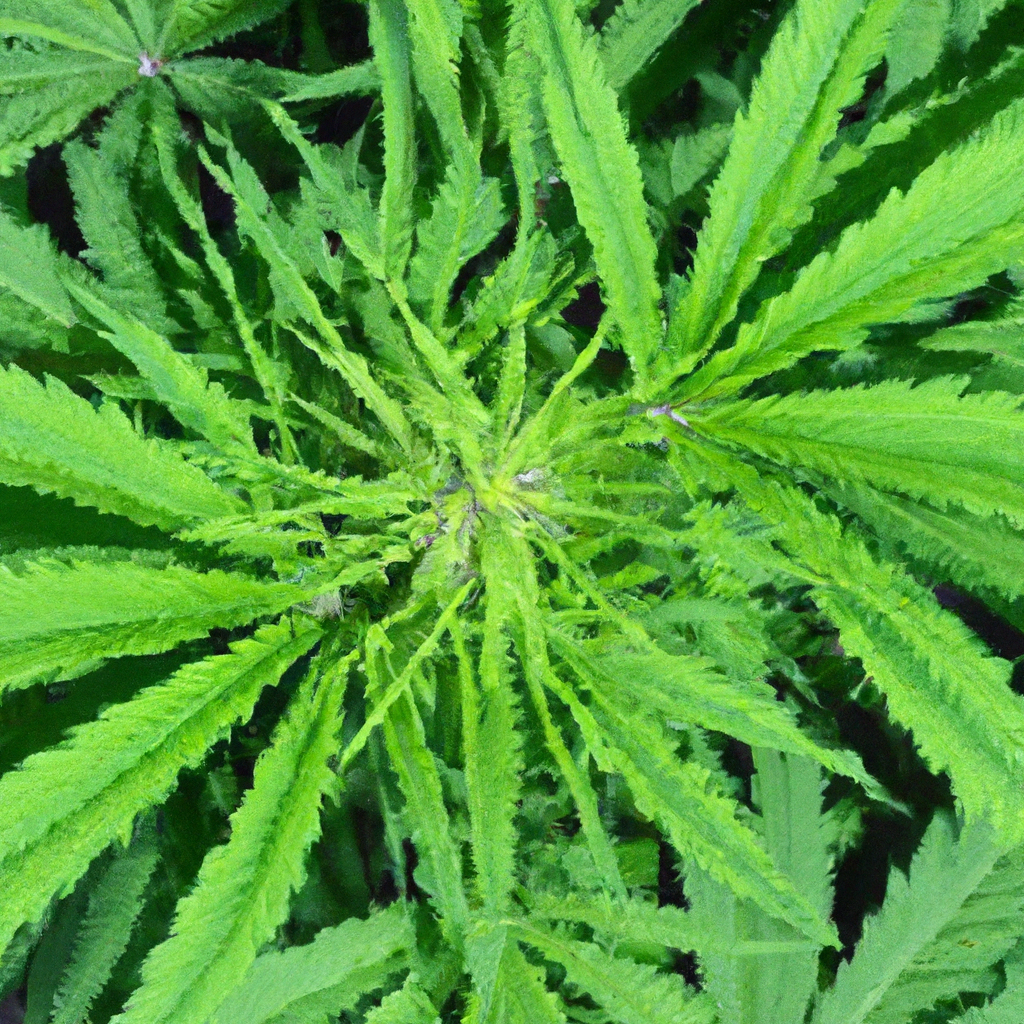When it comes to cannabis cultivation, the term “phenotype” often emerges in conversations. Although it might sound technical, understanding phenotypes is crucial for those looking to master the art of growing. Join me, John “Magic” Greenleaf, as we dive into the world of cannabis phenotypes, unraveling the complexities of this fascinating subject.
What is a Cannabis Phenotype?
A cannabis phenotype refers to the set of observable characteristics or traits of a plant, which result from the interaction of its genetic makeup (genotype) with the environment. This means that two plants of the same strain can exhibit different physical characteristics and produce varying effects depending on their environments.
The Role of Genetics
Genetics play a critical role in determining a plant’s potential traits. When breeding cannabis, each parent plant contributes genetic material, forming a unique genotype for the offspring. This genotype contains all the potential characteristics the plant can express, from flavor to height.
- Stable Strains: These have consistent phenotypes, which means growers can reliably predict the plant’s traits from seed.
- Hybrid Varieties: With more genetic variation, hybrids can surprise growers with diverse and unique phenotype expressions.
Nurturing Your Growing Environment
Environment is just as influential as genetics in determining a plant’s phenotype. Here’s how you can use environmental factors to your advantage:
- Light Exposure: Different light spectrums can influence plant morphology and bud potency. Experiment with LED systems for varied effects.
- Humidity Levels: Control humidity to prevent mold while promoting resin production—optimize at 55-60% RH during veg and 45-50% during flower.
- Nutrient Management: Adjust nutrient levels based on plant phase and observed needs. Organic soils are ideal for balanced nutrition.
The Magic of Pheno-Hunting
Pheno-hunting is the process of growing multiple plants from the same strain to select the most desirable phenotype. This can be an exciting quest, resulting in unique strains with unparalleled characteristics.
Here’s a simple guide to start your pheno-hunting journey:
- Sow seeds from a new strain in equal conditions.
- Observe and document traits such as aroma, growth rate, and pest resistance during each growth stage.
- Identify and clone the plants with the most desirable traits, then test their buds for flavor, terpene profiles, and potency.
- Select the “keeper” phenotype and stabilize it for consistent results across future grows.
Conclusion
By appreciating both the genetics and environmental influences, growers can customize and perfect their cannabis cultivation strategy. Whether you’re looking to establish a robust phenotype for commercial growth or hunting for unique personal strains, understanding phenotypes enriches your cultivation experience. As I always say, “Cannabis is a teacher; I’m just the student with 30 years of notes.”


Leave a Reply